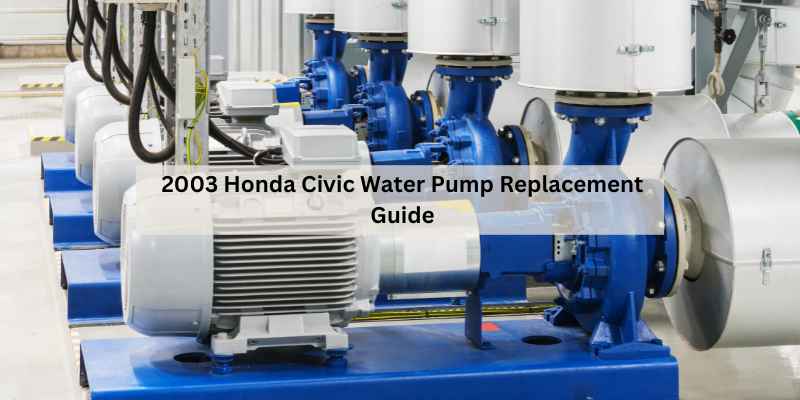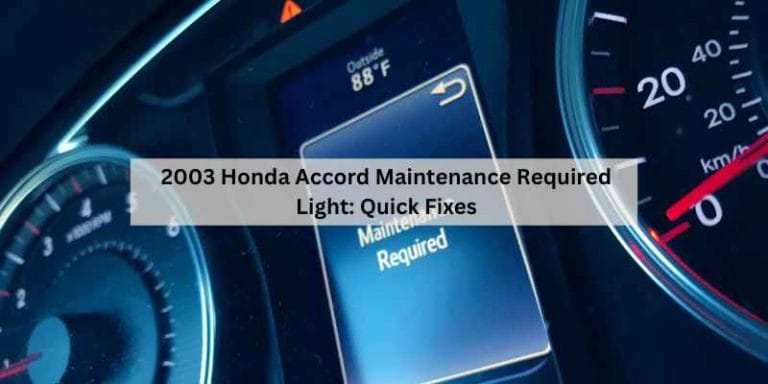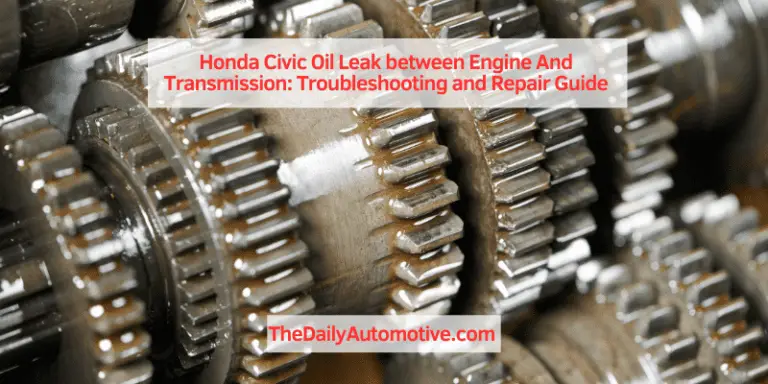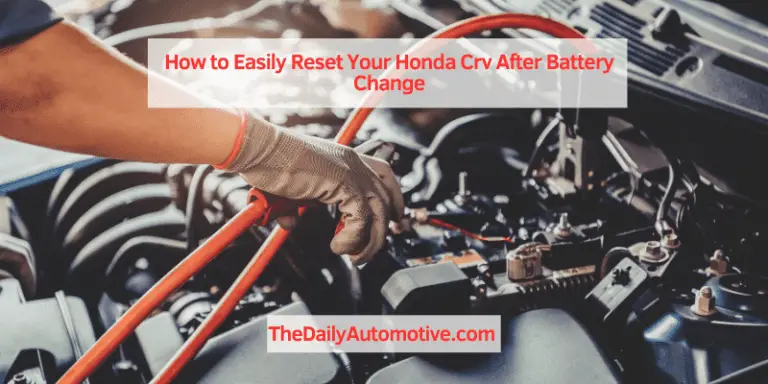2003 Honda Civic Water Pump Replacement Guide
The 2003 Honda Civic water pump is essential for cooling the engine. It circulates coolant, preventing overheating and ensuring optimal performance.
The water pump plays a crucial role in maintaining your vehicle’s engine temperature. In the 2003 Honda Civic, this component ensures that coolant flows effectively through the engine and radiator. A malfunctioning water pump can lead to serious engine issues, including overheating and potential damage.
Regular maintenance and timely replacement are vital for optimal vehicle performance. Signs of a failing water pump include leaks, unusual noises, and overheating. Understanding the importance of this part can help you make informed decisions about repairs and replacements. Keep your Civic running smoothly by monitoring the condition of its water pump regularly.
Introduction To Water Pump Replacement
Replacing your water pump is crucial for your vehicle’s health. A failing pump can lead to overheating and engine damage. Regular maintenance helps avoid costly repairs.
Look for signs of water pump failure. Common indicators include:
- Leaking coolant under the vehicle
- Overheating engine
- Unusual noises from the engine
- Steam from the radiator
Addressing these issues early can save time and money. Ignoring them may lead to more serious problems down the road.
Tools And Materials Needed
For replacing the water pump in a 2003 Honda Civic, certain tools are essential. Gather a socket set, wrench set, and screwdrivers. A torque wrench is also vital for proper installation. Keep a drain pan handy for catching coolant.
Materials include a new water pump, gasket, and coolant. Ensure the gasket is compatible with the Civic model. Consider purchasing a timing belt kit for a complete overhaul. Always use quality parts for best results.
Here’s a quick list of essential tools and materials:
- Socket set
- Wrench set
- Screwdrivers
- Torque wrench
- Drain pan
- New water pump
- Gasket
- Coolant
- Timing belt kit
Preparation Steps
Safety is important before starting any repair work. Clear your work area from any clutter. Keep tools organized and within reach. Use a protective mat to prevent slipping.
Wear safety glasses to protect your eyes. Gloves are also essential for hand protection. Make sure the vehicle is parked on a flat surface. Use wheel chocks to prevent rolling.
For vehicle preparation, turn off the engine and allow it to cool. Disconnect the battery to avoid electrical issues. Check for any fluid leaks before starting the work.
Ensure all necessary tools are available before beginning. This includes wrenches, screwdrivers, and a coolant container. Having everything ready will make the process smoother.
Removing The Old Water Pump
To access the water pump on a 2003 Honda Civic, first remove the engine cover. Next, detach any hoses connected to the pump. This may include the coolant hose and other attachments.
For the step-by-step removal process:
- Disconnect the battery to ensure safety.
- Drain the coolant from the system.
- Remove the timing belt if necessary.
- Unbolt the water pump from its mounting.
- Carefully remove the old pump from the engine.
Remember to check for any gasket remnants and clean the surface before installing the new pump.
Installing The New Water Pump
Preparing the new water pump for installation is essential. Start by ensuring all parts are clean. Remove any dirt or debris from the old pump area. Use a clean rag for this step.
Check that the gasket fits properly on the new pump. A good seal prevents leaks. Apply a thin layer of gasket maker if needed.
Gather necessary tools: wrench set, screwdriver, and sealant. Having everything ready speeds up the process. Follow the steps below:
| Step | Description |
|---|---|
| 1 | Disconnect the battery. |
| 2 | Drain the coolant. |
| 3 | Remove the old water pump. |
| 4 | Install the new pump. |
| 5 | Reconnect everything and refill coolant. |
Reassembly And Checking
Reassembling the engine components for the 2003 Honda Civic requires careful attention. Begin by ensuring that all parts are clean and free of debris. Use a new gasket for the water pump to prevent leaks. Align the pump correctly with the engine block. Secure it using the specified bolts and torque them to the manufacturer’s specifications.
Initial checks and tests are crucial for a successful assembly. Inspect all hoses for cracks or wear. Replace any damaged hoses before proceeding. After reassembly, fill the cooling system with the appropriate fluid. Start the engine and check for any leaks around the water pump.
Monitor the temperature gauge during this process. Ensure the engine reaches the normal operating temperature. A properly functioning water pump will maintain consistent coolant flow.
Final Steps And Testing
Begin by filling the coolant reservoir with the recommended coolant. Use a funnel to avoid spills. Make sure the coolant reaches the correct level. This is essential for the engine’s cooling system.
Next, check for leaks around the water pump area. Start the engine and let it run for a few minutes. Look closely for any signs of coolant on the ground. If leaks appear, tighten the water pump connections.
Finally, ensure that the water pump is functioning well. Monitor the engine temperature gauge as it runs. The engine should not overheat. A properly working water pump keeps the engine at a safe temperature.
Maintenance Tips
Regular inspection of the water pump is essential for your 2003 Honda Civic. Check for leaks, unusual noises, and any signs of wear. Ensure the pump operates smoothly and efficiently. This can help prevent major issues down the line.
Maintenance should include replacing the water pump every 60,000 to 100,000 miles. Always refer to your owner’s manual for specific guidelines. Regular coolant changes also keep the system clean and functioning.
If you notice consistent overheating or coolant loss, seek professional help immediately. Ignoring these signs can lead to severe engine damage. A qualified mechanic will diagnose and fix any issues with the water pump effectively.
Frequently Asked Questions
How Much Does It Cost To Replace A Water Pump On A 2003 Honda Civic?
Replacing a water pump on a 2003 Honda Civic typically costs between $300 and $800. This price includes parts and labor. Factors influencing the cost include location and mechanic rates. Always get multiple quotes for the best deal.
How Much Does It Cost To Replace A Water Pump On A 2003 Honda Accord?
Replacing a water pump on a 2003 Honda Accord typically costs between $300 and $700. Labor costs vary by location and mechanic. Parts alone usually range from $50 to $150. Always get multiple quotes for the best price.
Is Replacing Car Water Pump Hard?
Replacing a car water pump can be challenging, depending on the vehicle’s design. Some pumps are easily accessible, while others may require removing several components. For those without mechanical experience, hiring a professional mechanic is often the best choice to ensure proper installation.
How Many Hours Does It Take To Replace A Water Pump And Timing Belt?
Replacing a water pump and timing belt typically takes 4 to 8 hours. The duration varies based on vehicle make and model. Complex designs may increase labor time. Always consult a qualified mechanic for accurate estimates.
Conclusion
Maintaining your 2003 Honda Civic’s water pump is essential for optimal performance. Regular inspections can prevent overheating and costly repairs. Whether you opt for DIY replacement or professional help, understanding the process is key. Stay proactive about maintenance to ensure your vehicle remains reliable and efficient for years to come.







